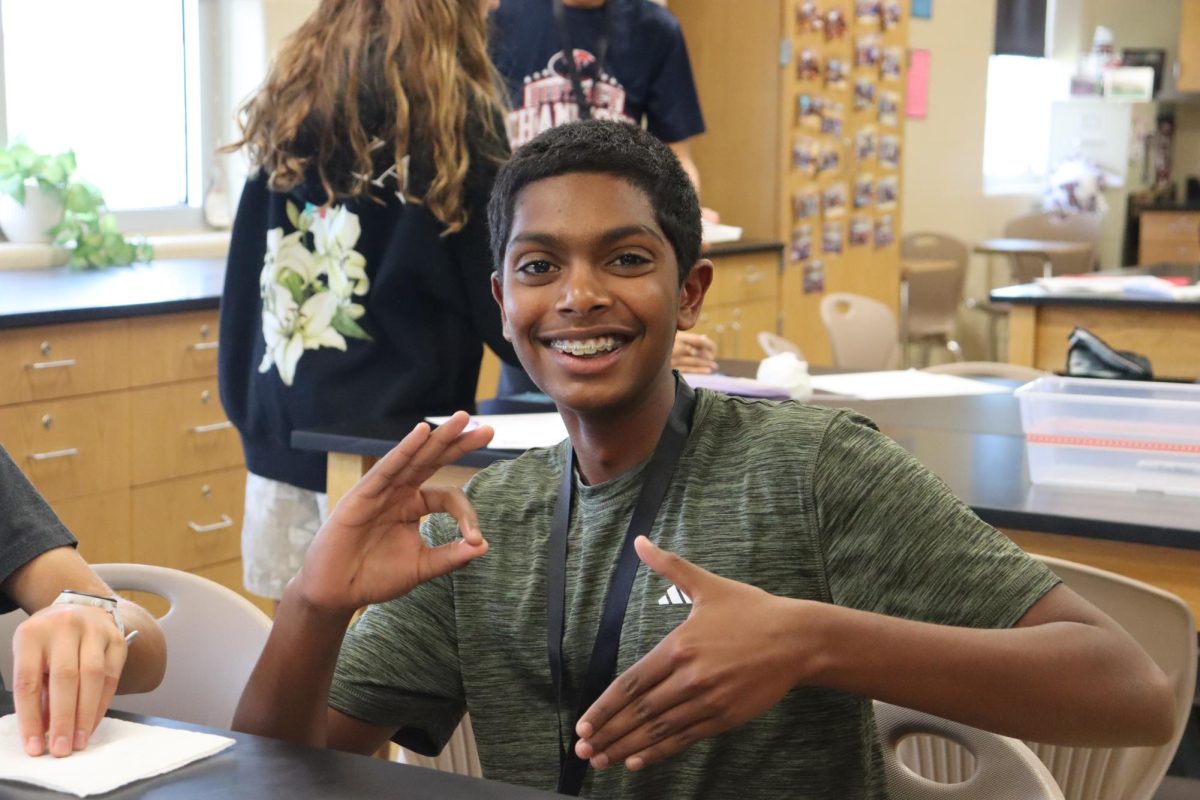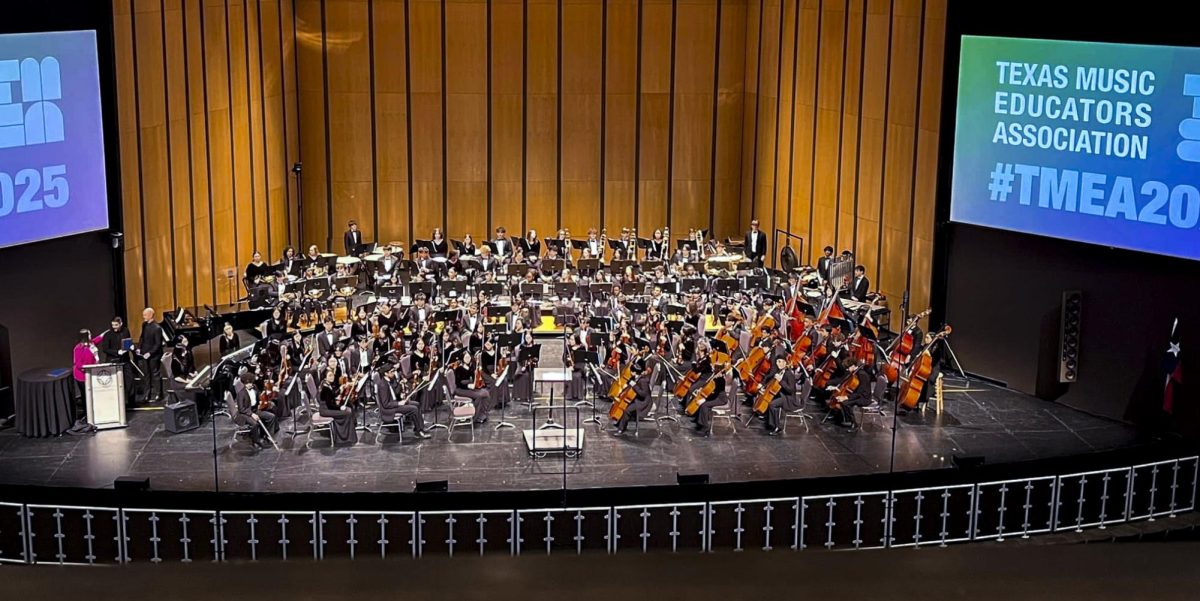Erin Johnson steps through the doorway of her classroom and inhales the smell only a school could produce and fresh cleaning products. She briefly closes her eyes, and in an instant, she visualizes students sitting at their desks, paying attention to her as she paces the room and describes the relevance of the Renaissance era on the ever-developing timeline of Art History. Down the hall, Bryan Johnson stares at his illuminated screen, eagerly checking his email for updates on the course he’ll be offering this semester: App Development. The sound of computer fans echoes throughout the room in anticipation for the coming school year.
“You could not imagine the vast amount of information that certain pieces of artwork have behind them. You may think that you absolutely hate art, but I challenge you to take the course. There is no rule that says you have to be an artist to be in Art History,” said Erin Johnson, AP Art History teacher.
Art History certainly has a broad catalog of information, but Johnson promises to make the course as fresh and intriguing as possible by sharing her passion with anyone who cares to listen. Additionally, Johnson plans to take her students on a trip to the Museum of Fine Arts in Houston and show them how there is so much more to an artwork than a name and author.
“One of the greatest things is that I am learning with my students as well. There is no end point in the class I go home and search for more information to share with my students. I love sharing articles that I have stumbled upon and videos over some of our course content,” said E. Johnson.
Johnson intends to establish a different tone in her classroom and instill a different connotation to the words ‘advanced placement’. Her passion and enthusiasm for the subject provide a refreshing attitude to the other, often textbook-filled, AP courses. Johnson tries to constantly share her students’ new, different pieces of art and their history, so her students are also up to date with the artwork being put out in today’s world.
“I’m working toward, building the course to feel like a community and giving students a new view of art. I could literally talk about art for days, just ask my students,” said E. Johnson.
Johnson plans on uniting her students and bringing them together collectively to assist them in learning new skills that not only benefit them in her course but in any academic course. All in all, Johnson provides a fun atmosphere in to a course that could very easily be nothing but note taking and tedious assignments, yet she believes in teaching her students another attitude when addressing art and the hundreds of pieces that play a part in the bigger picture. In contrast to learning of the past, B. Johnson is showing kids the future of their own world, and the best way to adapt to it.
“There are apps for nearly everything. App development can help you study, do complicated math, or help with simple shopping. Your creativity is the limit,” said B. Johnson, App Development teacher.
Johnson hopes to push the limits of student’s creativity by challenging them with new and innovative apps designed to make life easier. Additionally, the applications that his course can have in a world that is becoming more and more app-integrated.
“App development is exciting and one only has to search an App Store to see 1000’s of programs that solve many needs. Each app is an expression of its developer and I am excited to see what the students develop. But they should think this too… a new world and success can come in the form of the next great app… could be them,” said B. Johnson.
Johnson inspires his students to look at the apps they use regularly and imagine how they can improve on the developing society that they are living in today. In these classes, Tompkins provides fresh and different courses that serve as new and creative ideas that apply to the world students are living in today.











